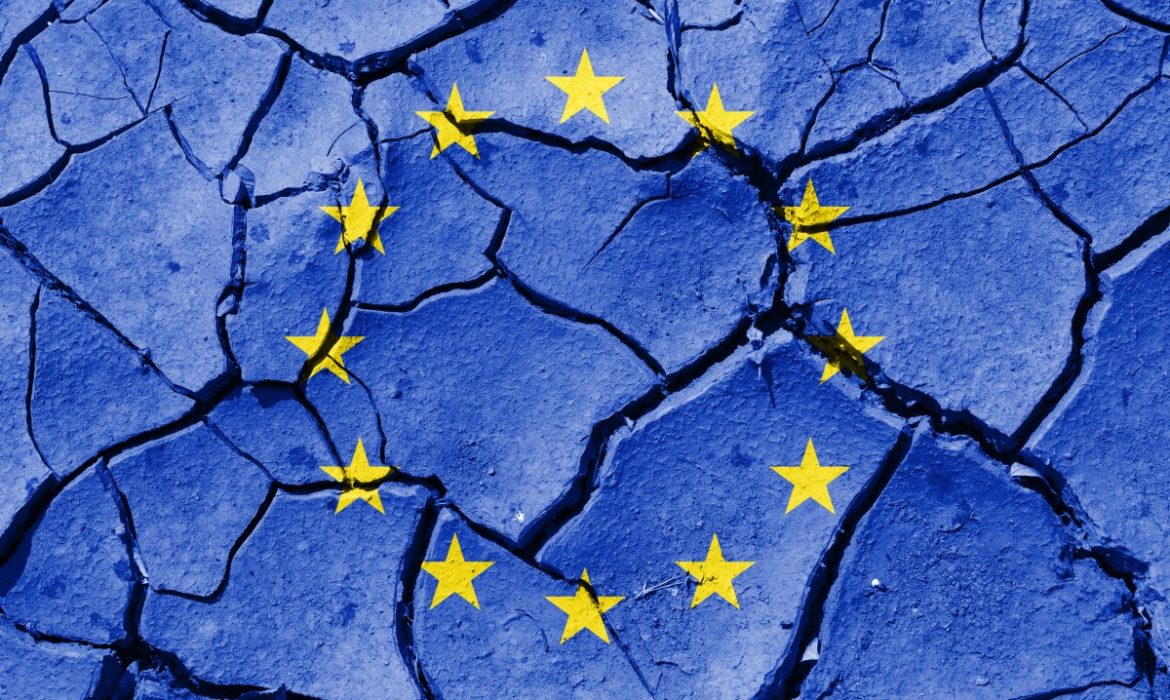Europe is inclined towards a recession; meanwhile, Washington is glued to impeachment developments. It is terrible news for the former head of the International Monetary Fund, Christine Lagarde, who is the new president of the European Central Bank.
There are two indications of a recession, which defines a recession as two consecutive quarters of a shrinking economy. Moreover, Europe is almost there. In the third quarter, the growth of the Eurozone’s gross domestic product was a meager 0.2 percent. Germany’s growth, which is Europe’s largest economy, is only 0.1 percent. Additionally, the 19 eurozone countries’ employment growth, which is using the euro, was only 0.1 percent.
No one wants a Europe recession to take place. There is a terrible economic situation because of the lower confidence squeezed profits and higher unemployment. Moreover, the political situation is even worse. It is evident from the growing nationalism (including more suspicion of immigrants), rising alienation, and greater distrust of government.

The European Central Bank is equivalent to the Federal Reserve. The Lagarde’s predecessor, who ran the ECB from 2011 November until last month, Mario Draghi, was much more successful. He invented policies that prevented weaker countries such as Portugal or Greece, from abandoning the euro. Otherwise, their exit from the Eurozone would cause the whole scheme to shatter.
Europe countries must always repay their euro-dominated debts. Otherwise, the crisis could be self-fulfilling. For example, if Spain left the EU, there could be a panicky outflow of money from the Spanish banks.
Mario Draghi foreclosed these possibilities on July 26, 2012. He declared that the ECB would do everything to avoid the Eurozone collapse. He lends enough to financial markets and banks to ensure they would meet EU obligations.
Successful Approach but Not Anymore
The European Central Bank embraced its version of “quantitative easing” and reduced rates of short-term interest. The Fed chairman Ben Bernanke adopted this step. This approach involved the central banks in buying bonds to lower long-term interest rates.
Europe and the United States have some economic trouble. Recovery is not going in the right way. The main problem is that both countries’ economies depend on “stimulus policies” created by the government. Instead of generating spontaneous and substantial internal growth, there are low-interest rates supplied by central banks or huge budget deficits created by politicians.
These stimulus programs are losing their hit. In expanding employment and GDP, low-interest rates are becoming less and less effective.
It is a dilemma for Lagarde and ECB. Peterson Institute for International Economics noted that the euro growth has slowed since the start of 2018. The risk of recession is higher. No place remains for the ECB monetary stimulus.

The first problem for the ECB is technical. The 33 percent of the qualified securities are self-imposed limits on the ECB’s bond purchases. Jacob Funk Kirkegaard of the Peterson Institute says that ECB is approaching these limits. The rules should become flexible, or the bond-buying will likely stop.
Let’s see what happens in the future, but for now, the economic environments in both the United States and Europe are harmful.













